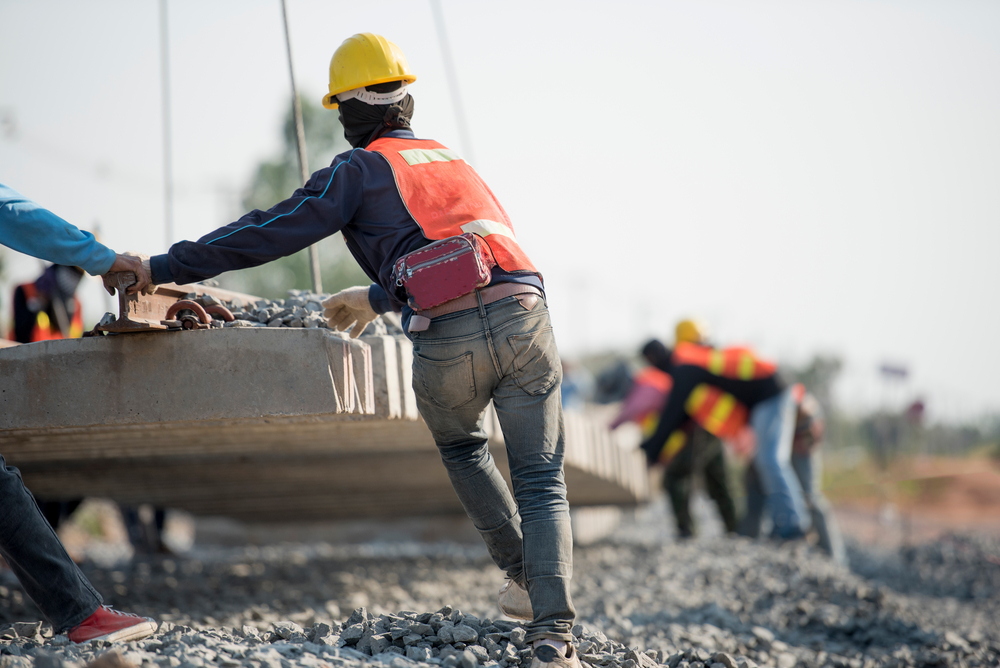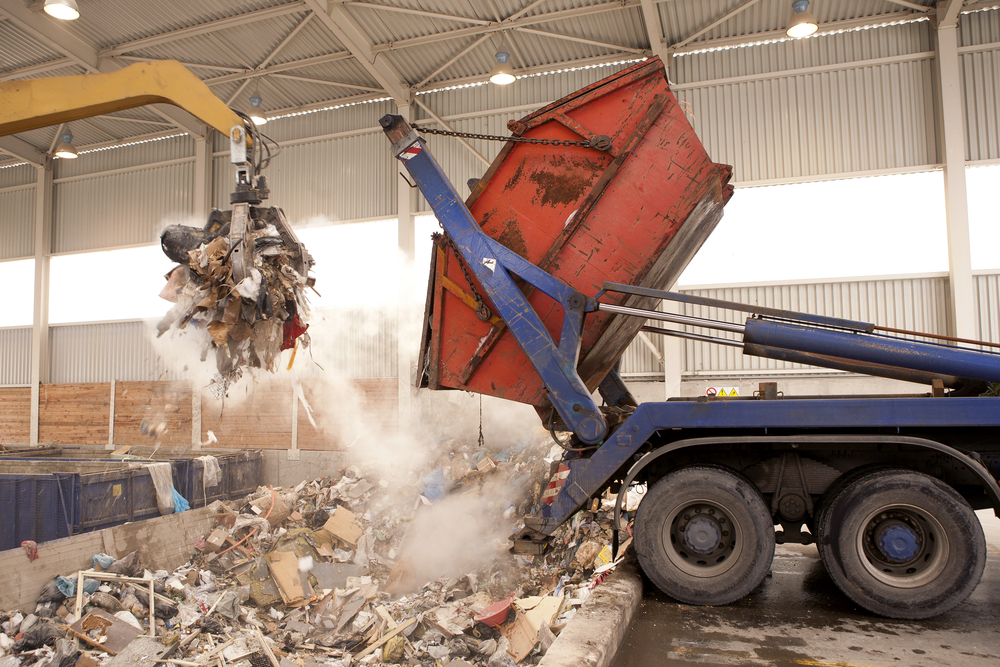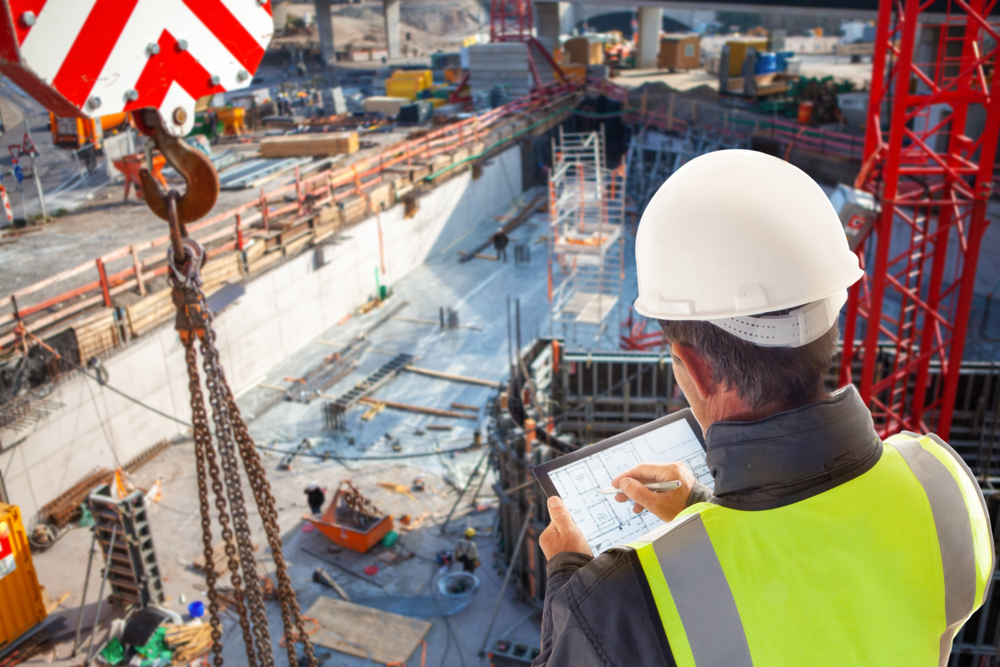 There are dozens of construction fields. If you’re not sure which one to pursue, how do you decide? The trick is to think about which areas have a lot of growth potential, and which ones are well-suited for the kind of career you want to have. You might have to try out a few directions before you are sure which one will be the most appropriate for your goals. With this information, you’ll know the most popular construction fields.
There are dozens of construction fields. If you’re not sure which one to pursue, how do you decide? The trick is to think about which areas have a lot of growth potential, and which ones are well-suited for the kind of career you want to have. You might have to try out a few directions before you are sure which one will be the most appropriate for your goals. With this information, you’ll know the most popular construction fields.
Electrician
One of the most in-demand fields for construction at the moment is electrical. Becoming an electrician is hard work. You don’t necessarily have to get a degree like engineering, but it can help you break into niche specialties and earn a higher wage. Because of the trickiness of the job and the necessity of getting it just right, electrician tends to be a higher-paid career compared to most in construction. And considering there are tons of electricians heading to retirement without as many to replace them, it’s an ideal time to get started.
Plumber
If you want a fast-growing field that has a high demand, consider becoming a plumber. The Bureau of Labor Services estimates that this position will grow in demand by more than 10 percent over the next several years, which is far outpacing most industries. And you know that it’s not a trend that will become obsolete over time. People will always have plumbing and it will often need professional repair or upgrades. You may have to get used to digging in the trenches, literally, but you can expect reliable business and a decent wage for your work.
Construction Inspector
If you have an eye for detail and you love to review, being a construction inspector might be the rewarding career you’re looking for. In this job, you’ll review plans and look at various stages of the construction project to confirm that they meet building codes and other requirements. While you might spend a fair bit of time behind a desk, you can also expect to be all over the construction site. This job usually requires several years of experience, so you know what to look for and which regulations need to be met. But as a tradeoff, it’s one of the higher-paying jobs.
Equipment Operator
If you dreamed about operating a crane or an excavator as a kid, you might be surprised to learn that this is a reliable job with plenty of flexibility and room for growth. Becoming a heavy equipment operator often starts with an apprenticeship or training program, but you might also learn while you’re on the job. Some types of equipment call for special licenses that you’ll need to obtain before you can take on the role. But those tend to have a higher average annual income, in exchange for your work.
Solar Installer
If you’re dying to get into a field that is constantly on the move and improving every year, becoming a solar installer is definitely one to consider. This job involves putting together, installing and maintaining solar panels. It’s a booming industry right now, as people look to take advantage of sustainable energy and tax credits to cut their expenses. It’s rated as one of the best jobs in construction, and even among various industries, because of its growth potential and the fact that you don’t need a degree.
Finding the right construction job for you is an ideal way to build a career you can keep for decades. To get started on your career path, visit CSLS today!








